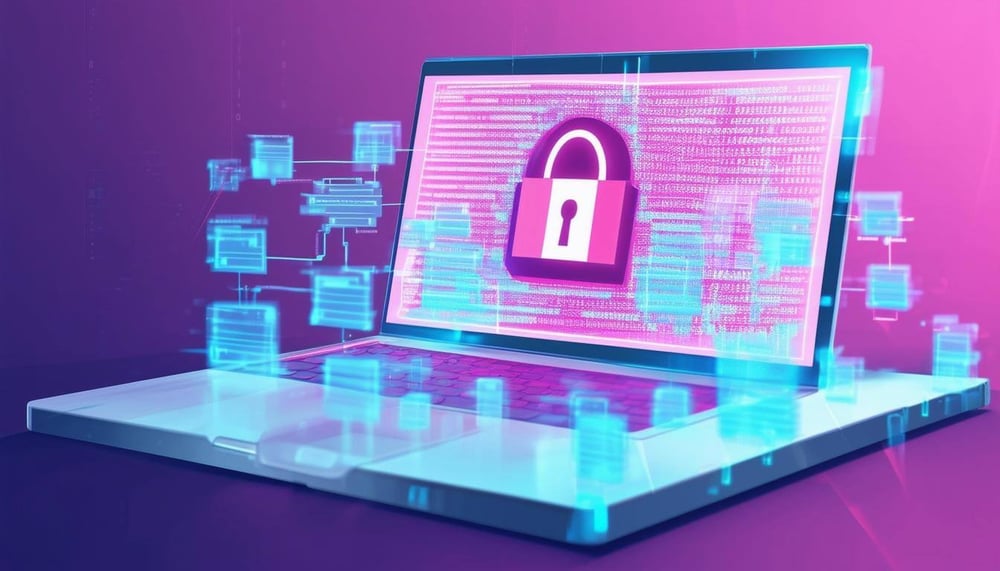Understanding Phishing Attacks: Safeguarding Your Business in Ontario
Cybersecurity Oct 21, 2024 7:15:00 AM Emma Elkind 2 min read

As executives in today’s digital landscape, it’s crucial to stay informed about cybersecurity threats, particularly phishing attacks. These cybercrimes remain the most prevalent because they are effective. Every day, over 3.4 billion spam emails infiltrate inboxes, targeting unsuspecting users. The evolution of AI tools, such as ChatGPT, has only made it easier for cybercriminals to craft emails that appear convincingly legitimate, further complicating our defenses.
This Cybersecurity Awareness Month, we want to equip you and your team with the knowledge to identify phishing attempts and understand their potential consequences.
The Consequences of Phishing Attacks
Phishing can lead to serious repercussions for your organization. Here are four key risks to consider:
Data Breaches: Phishing attacks can compromise your organization’s sensitive data. Once exposed, hackers may sell this information on the dark web or demand a ransom for its return. The fallout can include significant financial losses, legal issues, reputational damage, and a decline in customer trust.
Financial Loss: Cybercriminals frequently use phishing schemes to execute direct financial theft. Whether through fraudulent invoices or unauthorized transactions, falling victim can have a direct impact on your organization’s bottom line.
Malware Infections: Many phishing emails contain harmful attachments or links. Clicking these can introduce malware into your systems, disrupting operations, causing data loss, and leading to costly remediation.
Compromised Accounts: When employees unwittingly fall for phishing schemes, their accounts can be exploited. Attackers can use these accounts to launch further assaults or gain unauthorized access to critical company information.
These dangers highlight the urgent need for proactive measures to prevent your organization from becoming the next victim of a phishing attack.
The S.E.C.U.R.E. Method: Your Defense Against Phishing
To help your team identify phishing emails, we recommend the S.E.C.U.R.E. method:
-
S – Start With The Subject Line: Is the subject unusual or suspicious? (e.g., “FWD: FWD: FWD: review immediately”)
-
E – Examine The Email Address: Do you recognize the sender? Is the email address unusual or slightly altered?
-
C – Consider The Greeting: Is the salutation generic or odd? (e.g., “Hello Sir/Madam!”)
-
U – Unpack The Message: Does the email convey a sense of urgency that pressures you to click links or download attachments?
-
R – Review For Errors: Are there noticeable grammatical mistakes or odd spellings?
-
E – Evaluate Links And Attachments: Always hover over links to check their true destination before clicking. Avoid opening attachments from unfamiliar sources.
Additionally, having a cybersecurity expert monitor your network is vital. This proactive measure can filter out spam emails, reducing the likelihood of human error.
Take Action
Phishing attacks are a persistent threat, and we want to ensure that your organization is prepared. If you need assistance in training your staff on cybersecurity best practices, implementing a robust cybersecurity system, or conducting a vulnerability assessment of your current setup, we’re here to help.
Feel free to reach out to us at 416-900-6047 or click here to schedule a call. Together, we can strengthen your defenses against phishing attacks and ensure your organization remains secure.

Emma Elkind
Cybersecurity Operations at Attitude IT